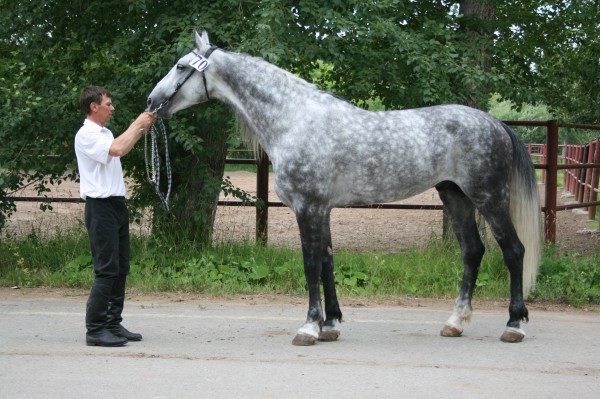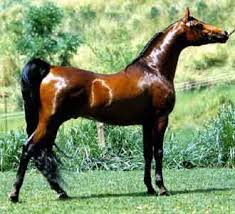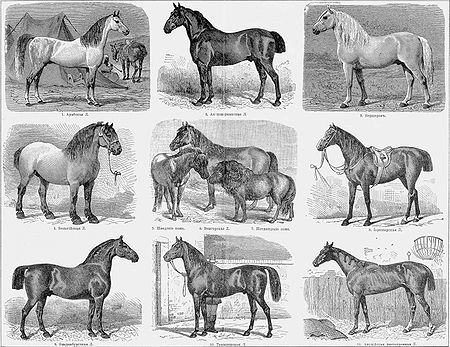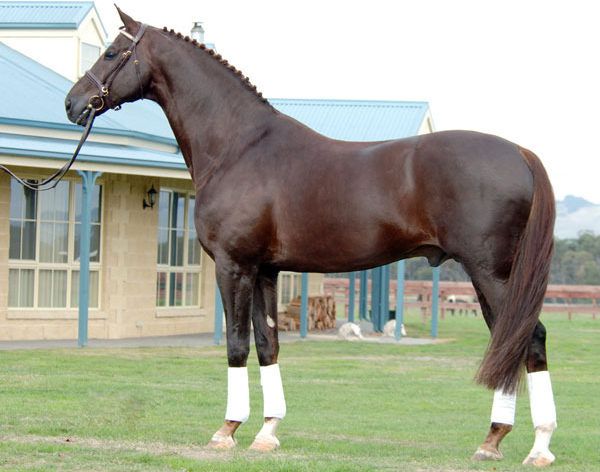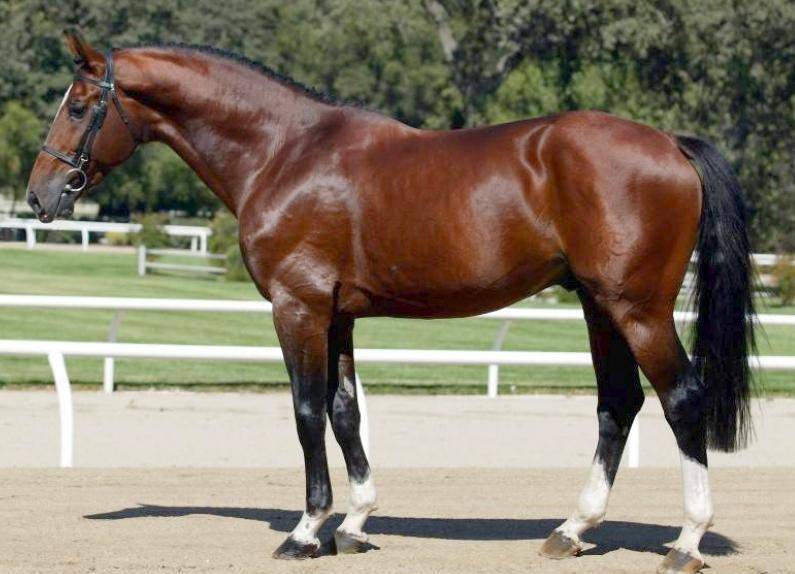e breeders managed
Perseron
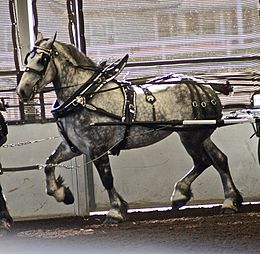 Height at withers up to 175 cm; the typical suit is gray, but there is also a crow. Designed for work requiring special strength and endurance, they are also very widely used for horseback riding because of the particularly gentle running.
Height at withers up to 175 cm; the typical suit is gray, but there is also a crow. Designed for work requiring special strength and endurance, they are also very widely used for horseback riding because of the particularly gentle running.
Breed history
Bred in France at the beginning of the XIX century by crossing eastern, mainly Arab stallions with a local harness of heavy western type. Perserons were imported into Russia in the 19th century.
The Persherons derive their name from the abundant pastures of the Perche breeding area south of the mouth of the River Seine; they represent a purebred Nori horse containing a highly variable admixture of oriental blood; to resort to such crossing has caused the need for strong and fast horses, necessary for the postal chase and omnibus. Continue reading
OSSETIAN ROCK HORSE (part 2)
 He left the following description of horses that were used for riding by Ingush mountaineers: “Horses in the mountains are small, but hardy, light on the move” [12, p. 372].
He left the following description of horses that were used for riding by Ingush mountaineers: “Horses in the mountains are small, but hardy, light on the move” [12, p. 372].
Describing Adyghe horses, Y. Klaprot reports that their horses are of medium size, mainly chestnut or bay suits. He indicates that the best breed among the Adyghe horses is a hut, whose foal is equal to the price of a slave. At the same time, Y. Klaprot draws attention to the fact that “there are not so many good horses among the Circassians, as is usually believed” [9, p. 223]. As follows from this message, the Adyghe horses were slightly higher in growth in comparison with the horses of other highlanders. The rather large similarity of the descriptions of the horses of the mountain peoples of the North Caucasus, which is observed in written sources, probably indicates their common origin. Continue reading
Andalusian horse: description, character and breeding of the breed (part 1)
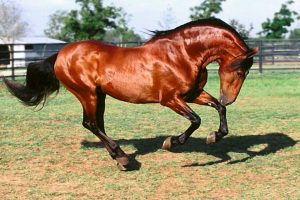 General description of the breed
General description of the breed
Bright representatives of the species can be safely called the standard of horse beauty. Since the Andalusian breed of horses is so strong and hardy, fast and graceful, outwardly impressively beautiful, that the images of these horses can be found on the canvases of Renaissance artists. The Spaniards have long ranked their horses as Pura Raza Espanola (Pure Spanish Horse or PRE), and also have a studbook.
Bay horse of the Andalusian breed
One of the most plausible versions of the appearance of the breed among the three well-known is recognized as such. When Muslims invaded the territory of Spain with their stallions in 711, there were domestic horses that looked like Portuguese sorai ponies. Continue reading
